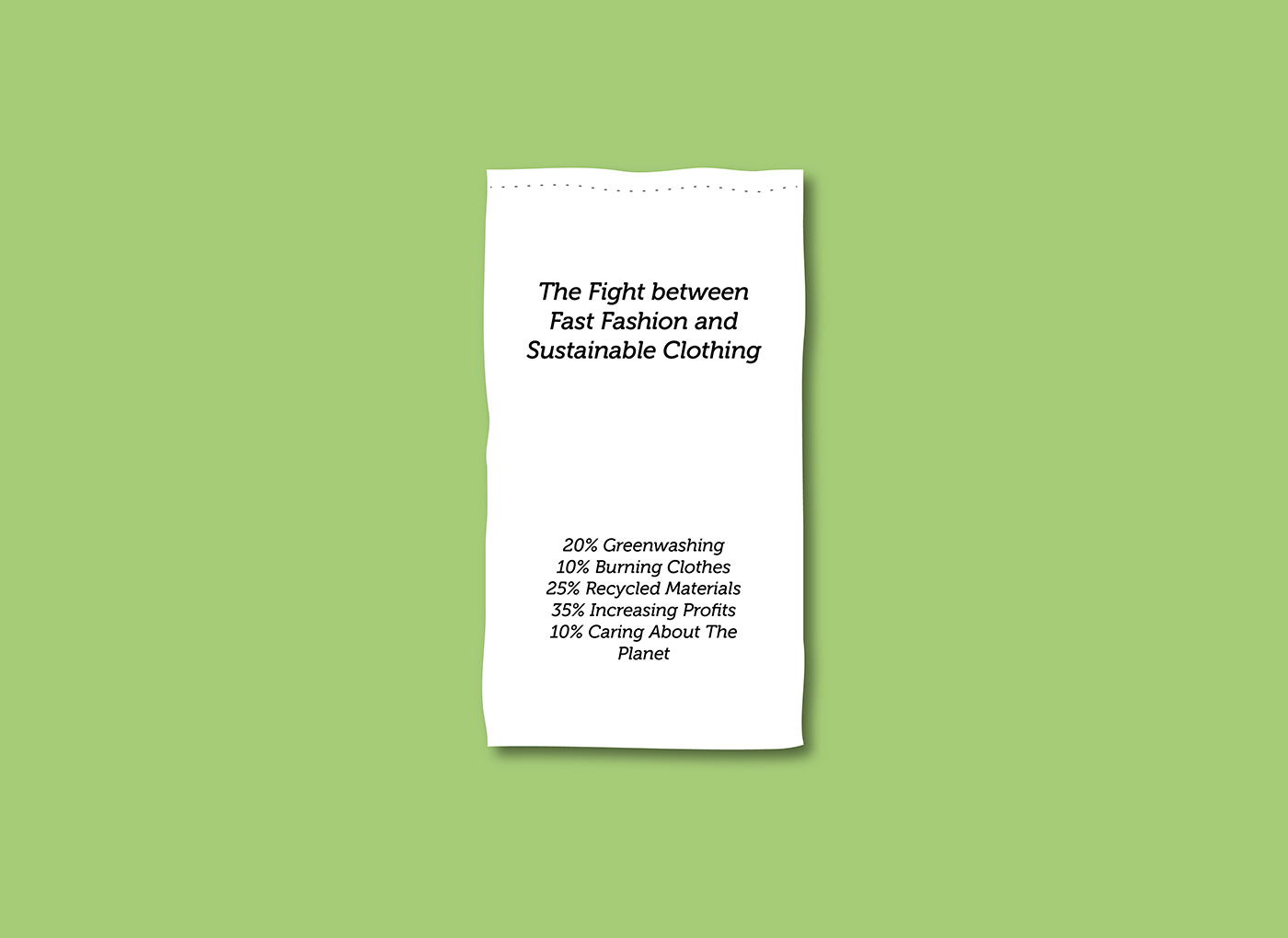
NEWS
The Creation of a Coca-Cola Christmas
Twenty-four years ago, in the cold and dark winter of 1995 our screens were lit up by one of the most iconic Christmas adverts to date. Forget the November guessing game of what the John Lewis team have concocted in attempt to bring the nation to tears, even more iconic than last year’s Sainsbury’s ‘Plug Boy’ (a small child dressed as a plug throws himself with gusto into a human sized plug socket) It’s arguably the most Christmassy of them all.
The Coca-Cola Christmas Truck adverts have been marking the beginning of the festive season for years, with their catchy The Holidays Are Coming backing track, and the trucks bringing the spirit of Christmas (and Coke) to a snowy town full of excited children and festive cheer. Arguably one of the best marketing moves in the history of Coca-Cola, or indeed any soft drinks manufacturers, was managing to entwine Santa, Christmas and Coke so closely together that they haven’t even needed to make a new advert since the 90s, so where did it all begin?
Did Coca-Cola Create Santa?
A classic festive fact for the past few years has been the revelation that Coca-Cola’s advertising team actually created the jolly man in a red suit that somehow fits down our slim and boarded up chimneys every year to drop some presents after we’ve all bought enough Coke to be on Santa’s nice list. However (sorry to ruin your work Christmas party small talk) even Coca-Cola admits this isn’t true.
Mr. Claus’ first appearance in his red suit was in fact in a drawing by illustrator Thomas Nast in 1881, which along with Clement Clarke Moore’s poem ‘A Visit from St. Nicholas’ formed the archetypal image we have of Santa today. Coca-Cola started using Santa for advertising in the 1920s, with a rather mean looking Santa in 1923 which didn’t take off, followed by Fred Mizen’s department store Santa in 1930 who was pictured drinking a bottle of Coca-Cola at the world’s largest soda fountain.
However, it wasn’t until they hired artist Haddon Sundblom in 1931 that Santa really came into his own, and the friendly, rosy-cheeked Claus of today was born. Indeed, Sundblom succeeded in standardising Santa for the decades to come, but ‘Coca-cola built upon traditional imagery of Santa Claus and standardised him in the 1930s’ might not be the snappy small-talk opener you’re looking for.
From 1931 up until 1964, Sundblom’s Santa was seen delivering toys with a Coca-Cola, pausing to read a letter and enjoy a Coca-Cola and raiding the fridges of the homes he visited for, yes you guessed it, Coca-Cola! There was a new advertisement every year, awaited with the anticipation that John Lewis has managed to harness in the past few years, and even after Sundblom’s final Santa was created in 1964, the next several decades saw Coca-Cola basing their seasonal advertising on his work.
The Creation of the Coca-Cola Christmas Trucks
Sundblom’s Santa has lived on, perhaps most famously on the side of the iconic Coca-Cola Christmas Trucks. First aired in 1995, the original and now notorious Christmas advert was created by American advertising agency W. B. Doner as a new seasonal campaign called ‘Christmas Caravans’, with the festive illuminated trucks lighting up Christmas in small town America. There were only three versions of the advert made between 1995-1999, the first being more focused on the trucks which saw them driving through a dark, snowy and windy road illuminating every light they drive by, from Christmas trees to Christmas lights, people looking upon fondly with glee as the trucks bring their festive spirit. The trucks were covered in over 30,000 lightbulbs and money was splashed on the special effects team from the Star Wars franchise in order to create the illuminated shine, a pretty significant investment at the time.
The second version created in 1998 was very similar, featuring a few more characters with the advert opening on a young boy ringing a church bell to alert everyone that his holiness Coca-Cola was coming to town, and then running through the snow to reach the trucks just in time to see a bottle of coke materialise in his hands – a real Christmas miracle!
The third version, named ‘Journey’, must have had the creative team really throwing some interesting things out there, as it opens with an old man reading a storybook with a boy, fire lit, coke by his side – all very wholesome until the fireplace turns into a Heavy-Duty Coca-Cola Christmas truck which barrels its way through their living room. At the end it becomes clear this is just a dream that has been triggered by whatever wild storybook they were reading (and perhaps one coke too many?)
The old man and boy then (rather than having been brutally run over) appear in the front seat of the truck for the festive ride of their lives past lit-up ice rinks, beautifully decorated Christmas trees, and other happy people who wave as Coke bottles appear magically before their eyes. Perhaps the nicest feature of this advert is Sunblom’s Santa who is revealed to be on the back of the trucks, and is brought to life as he puts his finger to his lips and raises his Coke bottle in a toast to Christmas – a nod to the campaign’s origins and its real star.
All being said, there is a magical and incredibly Christmassy quality to all the adverts. Perhaps due to their age, with the first one being broadcast more than 20 years ago and still being used in adverts today, it’s a completely unique Christmas marketing campaign that no other company has quite managed to master. The song builds well by creating the feeling of anticipation, which is (especially from a marketing point of view) often the most exciting about Christmas. The build-up, the joy, decorating the tree, ice skating, blasting Mariah Carey in the car, riding in a giant truck with a massive Santa on the side toasting a Coke like he’s Jay Gatsby – all things that everyone enjoys in the build up to Christmas, making it a universally loved advert that is timeless.
Coming to a Town Near You
In fact, although they are still being used now, the adverts were taken off air between 2001 and 2007 but then brought back by popular demand – an outcome that advertisement teams can only usually dream of. But it’s not only on your screens that you can see the truck, in 2010 Coca-Cola launched their first annual Truck Tour and this year will be the 9th of bringing the festive cheer of Christmas to people up and down the UK. It kicks off on the 15th of November and will visit 19 locations nationwide creating a winter wonderland in each location and giving out free Coke Zeros, finishing up in London on the 15th of December. You can even buy a glass 250ml bottle with your name on it should you happen to come across the truck at either an Asda or a Sainsbury’s store, the perfect present for the Coke fanatic in your life.
A Coca-Cola Controversy
Yet it’s not been all sunshine and roses for the truck tours in the past, as they’ve scaled back the number of locations in recent years due to backlash over the high sugar content in Coke – Carlisle council went as far to pass a motion not to invite the truck back after 2017, prompting the response from Coke that the company expected 90% of the drinks sampled in 2018 to be zero sugar, and drinks would not be given to children under 12 unless a parent was with them.
Indeed, from a health point of view Coke isn’t generally regarded as something you should be pushing on children, especially under the guise of the magic of Christmas. However, the same could be said for advent calendars, the obligatory Christmas tub of Quality Street and glass of prosecco at 11am before a traditional Christmas dinner which is usually taken as an opportunity to literally eat as much food as possible in the name of festive cheer – all staples of a British Christmas.
Moreover, it’s not all about giving out Coke, the trucks bring the adverts to life, and the magical and happiness of Christmas along with them. A Truck driver in an interview with the Telegraph revealed the lovely reactions he gets to the truck, cars following him for photographs, adults as excited as children and even a few proposals over his time.
This year in a more media-friendly move Coca-Cola GB have teamed up with homelessness charity Crisis to raise awareness and money by donating 10p in exchange for every can placed in their recycling bins throughout the truck tour. This not only amounts to the raising of funds, but supports their ambitious World Without Waste pledge, which is to collect and recycle a bottle or can for everyone that they sell by the year 2030. This is almost a must for the global company who has seen themselves labelled as the ‘world’s largest polluter of plastic’ for the second year in a row (perhaps not an award they’ll be framing). But unlike some other global companies, at least they’re attempting to do something about it, and if it’s also Christmassy and brings so much happiness at the same time, who are we to criticise their efforts?
So as mid-November rolls by and it approaches a month until the big day, people up and down the country will be eagerly awaiting the advert and even a visit from the truck itself to kickstart the Christmas festivities. There has been no confirmed date set for its release but as it aired last year on the 10th of November it should be dropping any day soon, most likely during prime-time TV. So, keep your Santa hats ready to don, Mariah ready to play and mince pie ready to eat, as Sunblom’s Santa Claus is coming to town!
Related Posts
Ever wandered through an Art Gallery and had a weird urge to touch the paintings? You wouldn’t be the only one, and with Art Camera you can now get closer than ever before. Granted, you can’t actually touch anything, but the High Definition shots of the world’s most famous works of art lets you closer than you could ever be in real life. You can see brushstrokes, individual blades of grass, and even zoom in to reflections in the eyes of figures, details that the artist may have taken painstaking hours to depict, and ones that we don’t ever even notice.
There are favourites such as Van Gogh’s Starry Night, Johannes Vermeer’s Girl with a Pearl Earring, and Claude Monet’s The Water-Lily Pond, all with captions that explain what you are looking at, and that reveal hidden details, interesting facts about the piece and the artist and even suggestions on interpretations of the work. So if you felt like you were missing out on the world of Arts and Culture whilst stuck at home, this is a great way to get closer than you may be able to in reality, and learn more about pieces that you haven’t had the chance to see before.
So, we’ve covered five unique and fascinating experiences that are all available online now for you to get your digital design fix in isolation. Although it’s a tough world out there at the moment (or inside more specifically) there are still ways to explore and experience new things right from your screen. All the things we’ve curated are free, pretty exciting, and amazingly innovative, especially if you’ve never had the chance to really explore the outer echelons of space or a King’s Palace before. Furthermore, these things are here to stay. So even after we’re let back out into the big, bad, and creative world, we can still choose to stay at home and enjoy a virtual one that can be as creative and captivating as the one outside. Thanks Google.


